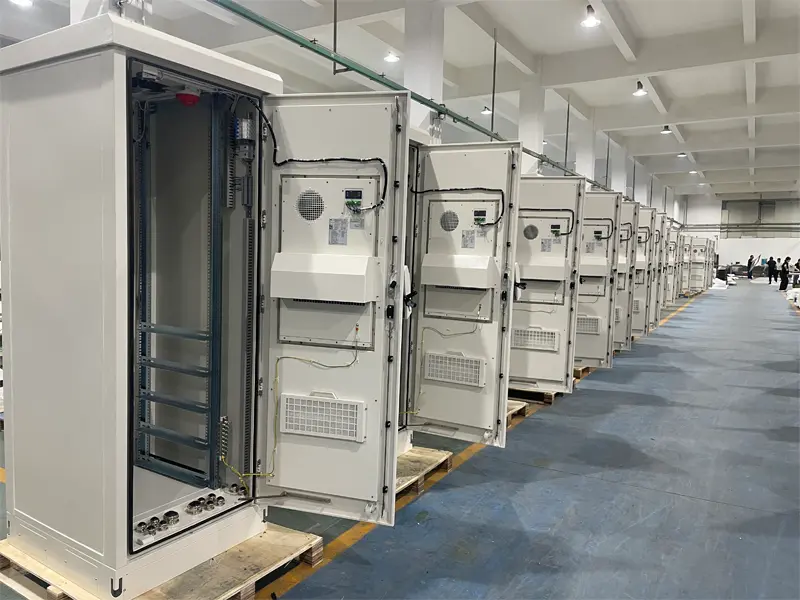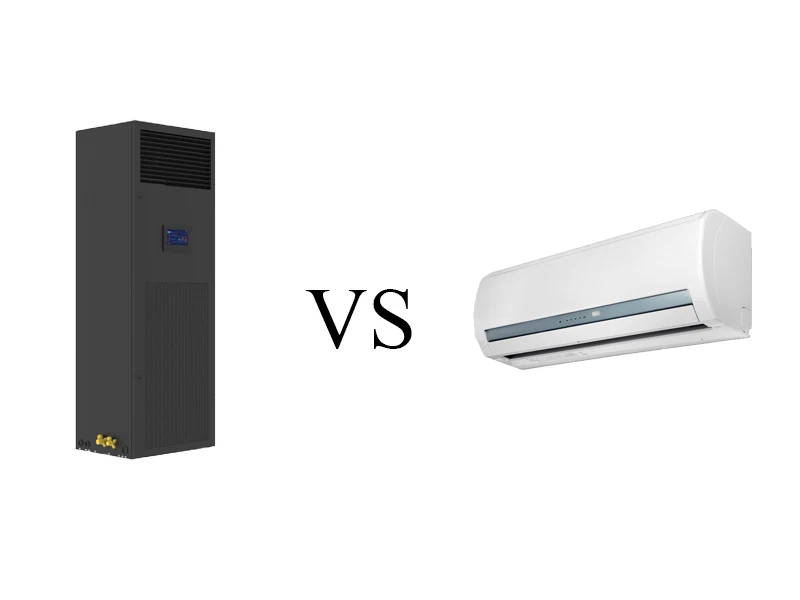The difference between telecommunication cabinets and telecommunication racks – soeteck
Release time: 2025-06-06
Telecom Cabinets and Telecom Racks are two common types of equipment support structures in data centers and telecom rooms. Their key difference lies in whether or not they have a closed shell and door.
Telecom Cabinet
Structure: A fully enclosed box, with lockable front and rear doors and removable side panels.
Main Functions:
Physical Protection: Soeteck telecommunication cabinet provides protection against physical contact with internal equipment, preventing accidental touch, malicious damage, and theft.
Environmental Control: Offers a certain level of dustproofing, water splash protection, sound insulation, and electromagnetic shielding.
Security Management: The door lock enhances security.
Cable Management: Equipped with or allows for the installation of cable management channels (e.g., cable trays, cable ducts), making wiring more organized and neat.
Airflow Management: Can optimize cooling efficiency by installing fans, baffles, or using hot/cold aisle designs to guide airflow.
Characteristics:
Neater and more professional appearance.
Better equipment protection.
Typically heavier.
Generally more expensive than an open-frame rack of the same specification.
Requires door opening when installing or maintaining equipment.
Typical Use Cases:
Public areas or non-dedicated rooms requiring high physical security and environmental protection.
Environments with high requirements for cable management and a clean appearance.
Environments that need some level of electromagnetic shielding.
Storing equipment sensitive to dust.

Telecom Rack
Structure: An open-frame design, typically composed of vertical pillars, horizontal beams, and fixed corners. There are no closed side panels, doors, or top covers.
Main Functions:
Equipment Installation: Provides a sturdy structure for installing servers, switches, routers, patch panels, and other equipment.
Weight Bearing: Designed to support the weight of the equipment.
Organization: Helps keep equipment vertically aligned, saving space.
Characteristics:
Completely open: All equipment and cables are fully exposed and visible.
Excellent cooling: The open design allows cold air to flow freely in, and hot air to flow out, providing optimal natural convection cooling.
Lower cost: Simple structure and minimal material usage.
Lightweight: Easier to move and install.
Convenient installation and maintenance: Equipment can be easily accessed from the front, back, and sides.
Cable management needs additional planning: Requires extra cable management accessories (e.g., vertical cable ducts, horizontal cable trays) to keep things neat.
Typical Use Cases:
Dedicated rooms/data centers with strict physical access controls, good air conditioning systems, and cleanliness. The open design’s cooling advantage is especially crucial in these environments.
Projects sensitive to cost.
Environments requiring frequent addition, replacement, or maintenance of large amounts of equipment.
Environments where equipment generates a lot of heat and requires the best cooling conditions.
Very tight spaces where the open-frame structure makes operations easier.
In large data centers, both types are often used together: secure telecom cabinets for core switches or security devices, and open telecom racks for computing server clusters.

